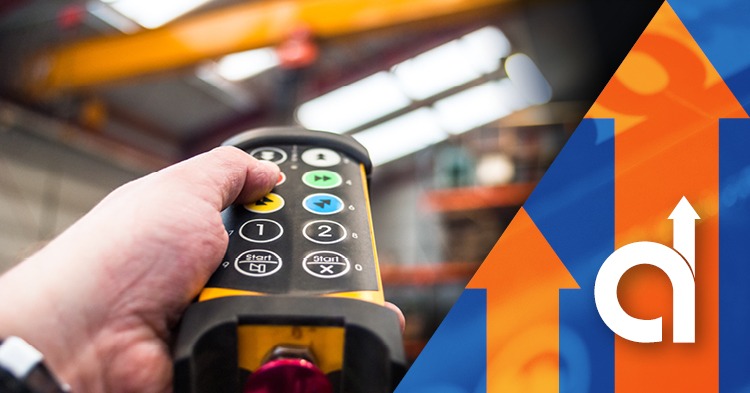
by American Crane | Jun 17, 2025 | Featured Products, Manufacturers, Uncategorized
Smart technology is changing the game in just about every industry these days — and cranes and hoists are no exception. As companies look for safer, faster, and more reliable ways to get the job done, new tech is stepping in to help. From automation to real-time data...
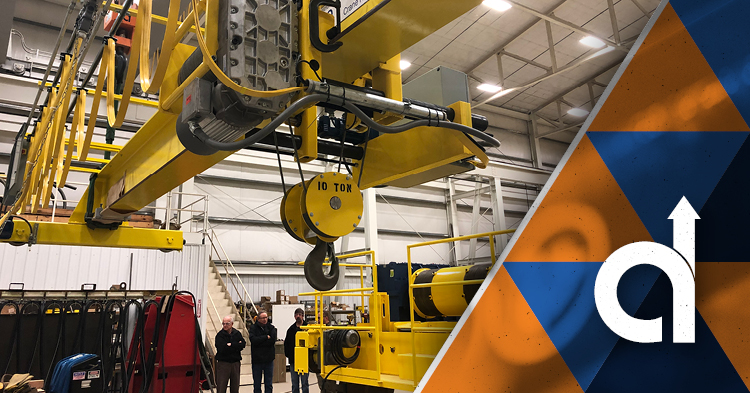
by American Crane | Jun 12, 2025 | Featured Products, Manufacturers, Uncategorized
As the world accelerates toward cleaner, more resilient energy systems, Small Modular Reactors (SMRs) are emerging as a key player in the next generation of nuclear technology. With their compact size, enhanced safety features, and scalability, SMRs offer a flexible...
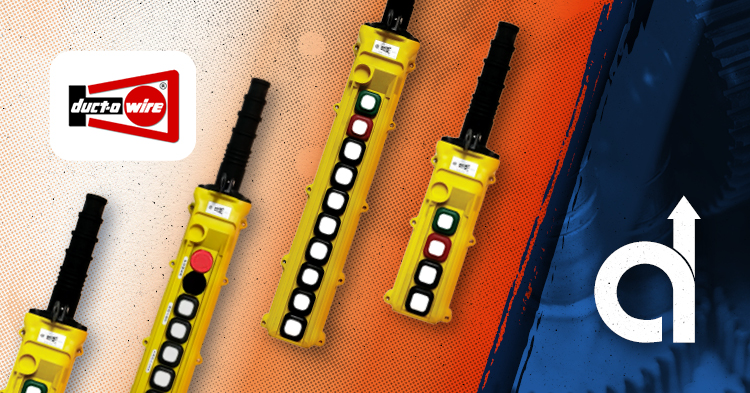
by American Crane | May 29, 2025 | Featured Products, Industry News, Manufacturers, Uncategorized
When your operations rely on seamless lifting operations, your control system needs to deliver—every time. The Duct-O-Wire L Series Pendants offer an effective solution for improving crane control, safety, and operational efficiency. These pendants are designed to...
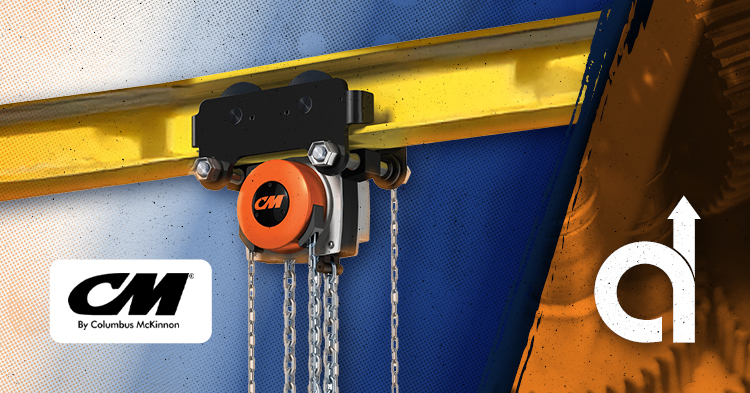
by American Crane | May 27, 2025 | Featured Products, Industry News, Manufacturers, Uncategorized
In heavy lifting, the margin for error is slim, and one mistake can lead to costly consequences. That’s why choosing the right rigging products is essential to ensure smooth and safe operations. Columbus McKinnon Corporation (CMCO) has been a leader in manufacturing...

by American Crane | May 20, 2025 | Featured Products, Industry News, Manufacturers, Uncategorized
Big jobs don’t always need big tools—sometimes, safety and control fit in the palm of your hand. In the crane and hoist industry, pendant controls might look simple, but their impact is anything but. These handheld devices give operators the power to manage heavy...
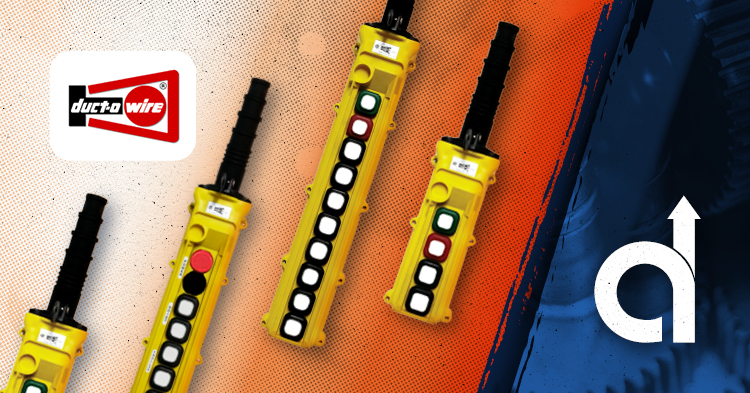
by American Crane | May 13, 2025 | Featured Products, Industry News, Manufacturers, Uncategorized
What if your crane controls could be tougher, safer, and easier to use? With the Duct-O-Wire L Series Pendant, they can. Built for demanding industrial environments, this pendant puts durability, safety, and operator comfort front and center — making it a smart,...








